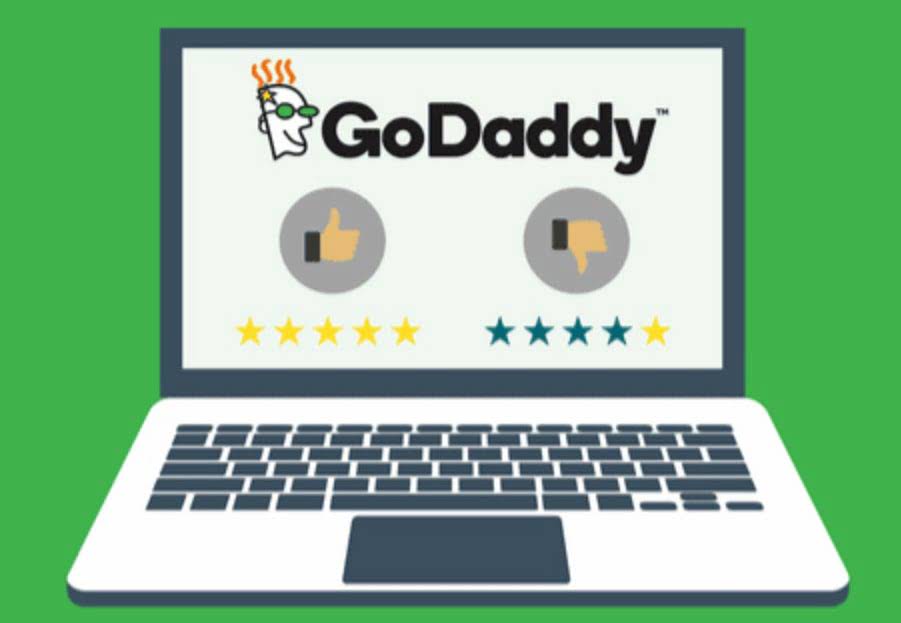
Comprehensive training programs for auditors, focusing not only on technical skills but also on ethical considerations, are of paramount importance. A well-trained, ethical auditor equipped with the right technological tools is the ideal combination for successful, transparent audits in the modern age. Despite best efforts and stringent controls, an audit might fail to highlight pivotal information due to the intricate nature of business operations. The volatility of the business landscape means that an audit’s recommendations might become obsolete by the time they’re published. Audit risk pertains to the possibility of human errors creeping into the audit, potentially resulting in overlooked organizational issues. It’s an intrinsic factor in every audit and must be offset through comprehensive reviews and evaluations by a secondary, unbiased auditor.

Purpose and Objectives of Auditing Financial Statements
Inadequate or flawed design and implementation, and inappropriate use of models could lead to adverse consequences. In conclusion, as we traverse this complex business environment, it is imperative to continuously re-evaluate and refine our audit processes. By amalgamating the strengths of technology with the insights of the human element and underpinning it all with a solid foundation like the audit risk model, businesses can ensure that they not only survive but thrive in the forthcoming era. The path to corporate excellence is paved with genuine introspection, of which audits are an integral https://www.bookstime.com/ part. The auditors generally focus on main risk areas, for example, understated costs or overstated revenues, where errors may lead to material misstatements on the financial statements. Conversely, where the auditor believes the inherent and control risks of engagement to below, detection risk is allowed to be set at a relatively higher level.
The Essence of Audits in Today’s Business Environment
- The PRA’s desired outcome is that firms take a strategic approach to MRM as a risk discipline in its own right.
- Factors such as the nature of the business, economic conditions, industry dynamics, and regulatory environment all contribute to the level of inherent risk.
- Testing of data, model construct, assumptions, and model outcomes should be performed regularly in order to identify, monitor, record, and remediate model limitations and weaknesses.
- Depending on the approach that is taken, a detailed risk management plan, including specific actions, timelines, responsible persons and resource requirements may be required.
- For example, control risk is high when the client does not perform bank reconciliation regularly.
- Detection risk forms the residual risk after taking into consideration the inherent and control risks pertaining to the audit engagement and the overall audit risk that the auditor is willing to accept.
The auditors aim to assess the organizational internal controls and their efficiency in preventing or identifying misstatements. An auditor who breezes through risk assessment may not note key areas that might matter and, therefore, garner an incorrect opinion in the audit report. The results could entail far-reaching effects on the stakeholders, including but not limited to investors, credit givers, and regulatory authorities. Therefore, risk assessment plays a primary role in ensuring that the organization’s financial statements are not audit risk model materially misstated but realistically demonstrate a company profile by viewing its financials. For example, control risk is high when the client does not perform bank reconciliation regularly. In this case, auditors will not perform the test of controls on the bank reconciliation.
- As the risk committee, it is our duty to give the board reasonable assurance that the risks the group is exposed to are identified and appropriately managed and controlled.
- Strengthening the accountability of firms and individuals for managing model risk should improve the engagement and participation of senior management and boards which in turn will drive a successful implementation of MRM.
- In addition, it may include inventory or revenue recognition and ongoing communication and collaboration with company management to ensure the audit is conducted effectively and efficiently.
- Hence, auditors’ professional judgment which is based on their knowledge and experience is very important here.
- The auditors generally focus on main risk areas, for example, understated costs or overstated revenues, where errors may lead to material misstatements on the financial statements.
Quantitative methods and models
- In relating the components of audit risk, the auditor may express each component in quantitative terms, such as percentages, or-non-quantitative terms such as very low, low, moderate, high, and maximum.
- In this case, auditors need to make sure that the level of audit risk is acceptably low.
- In contrast, the assessed levels of inherent and control risk and the acceptable level of detection risk can vary for each account and assertion.
- Interest rate cuts, a strengthening rand, no load-shedding, reduced petrol prices, and improved retail trade growth highlight the beginning of a positive growth outlook for South Africa.
- Inherent risk can be defined as the susceptibility of a financial statement assertion to a material misstatement, assuming there are no related internal controls in place.
The risk committee chairman reports directly to the board, in accordance with the committee’s terms of reference. The audit committee chairman is a member of the risk committee, which enables oversight, specifically in relation to financial reporting risks. The SS is structured around five high-level principles designed to cover all elements of the model lifecycle. The principles set out what the PRA considers to be the core disciplines necessary for a robust MRM framework to manage model risk effectively across all model and risk types. The PRA’s desired outcome is that firms take a strategic approach to MRM as a risk discipline in its own right. The auditor first assesses the inherent risk, which is high due to the complex and volatile nature of the industry, as well as the company’s history of noncompliance with regulations.
Audit risk represents the possibility that an auditor may issue an incorrect opinion on financial statements, impacting stakeholders who rely on accurate information for decision-making. Understanding audit risk involves recognizing its components and exploring strategies to mitigate it. Detection risk occurs when audit procedures performed by the audit team could not locate the material misstatement that exists on financial statements. Detection Risk is the risk that the auditors fail to detect a material misstatement in the financial statements. Audit risk may be considered as the product of the various risks which may be encountered in the performance of the audit. In order to keep the overall audit risk of engagements below acceptable limit, the auditor must assess the level of risk pertaining to each component of audit risk.
- For instance, consider a manufacturing company that operates in a highly competitive industry.
- Validators should therefore not be part of any model development activities, nor have a stake in whether or not a model is approved.
- The group’s risk management process and the effectiveness of risk mitigation, implemented at a group and unit level, are reviewed by various assurance providers, as defined in the group’s combined assurance framework.
- Conversely, where the auditor believes the inherent and control risks of engagement to below, detection risk is allowed to be set at a relatively higher level.
- Enron is perhaps the most well-known auditing scandal – and all three of these risks show up in the Enron scandal.
Assessing Fraud Risk

Despite the onslaught of technology, the human element remains irreplaceable in audits. After all, understanding business nuances, stakeholder relationships, and company culture can offer insights no machine can decipher. In practice, many auditors do not attempt to quantify each risk component, making it impossible to mathematically solve the risk model.

SS1/23 – Model risk management principles for banks
Where trends are noted, these are reported to exco and the risk committee during each reporting cycle. Over the course of 2024, •• engagements were held with improved management oversight of operational risks and emerging risk trends which could impact our ability to achieve our strategic objectives. A key initiative for 2024 was the improvement of horizon scanning capabilities across the group, aiming to improve collaboration, inclusion and ownership of ERM to meet stakeholders’ needs. Quarterly meetings were established between the group risk management and risk champions across the group. These engagements focused on improving awareness of emerging risk trends across the group and at an operational level, providing refresher training where required, and engaging on risk maturity improvement initiatives and progress. Firms should have a validation process that provides ongoing, independent, and effective challenge to model development and use.

The outcome is that the auditor would conclude that there is no material misstatement of the financial statements when such an error actually exists. Increasing the quantity and especially the quality of audit procedures will reduce detection risk. The group’s bookkeeping combined assurance and ERP processes are integrated and aligned with the JSE Listings Requirements and King IV to provide optimal, cost-efficient and focused assurance coverage group-wide. The implementation of this approach is dependent on the nature of the risk, whether the risk is within appetite, tolerable or not in terms of risk appetite, and the level of assurance required by different assurance providers. A high level over of the four Lines of Defence (LoD), the responsible parties and their respective responsibilities are provided alongside.
